UNESCO World Heritage sites represent places of exceptional cultural or natural importance. These locations are recognized for their universal value to humanity and are protected for future generations. To earn this distinction, a site must exhibit outstanding historical, cultural, and often architectural significance. This curated collection showcases ten iconic heritage sites, each enduring, extraordinary, and undeniably awe-inspiring.
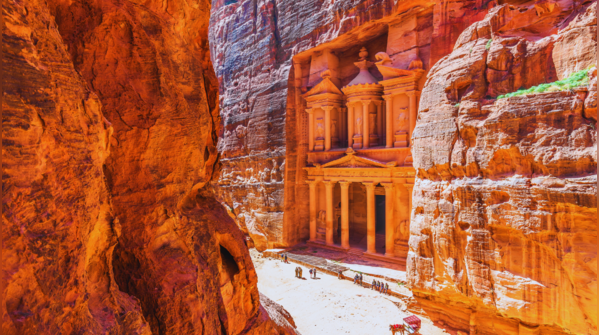
Entering Petra is like stepping onto a sandstone stage set for legends. Carved directly into the pink cliffs, this ancient Nabataean city dramatically appears at the end of a narrow gorge. No matter how many photos you've seen, the real thing will leave you breathless.
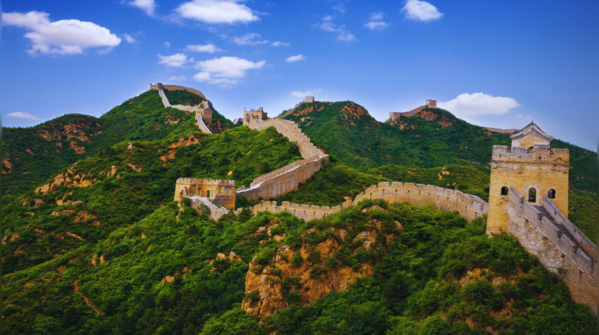
The Great Wall snakes over mountains like a giant's sketch across a scroll. It is not just long; it is layered with centuries of defense, determination, and dynastic ambition. Standing atop it evokes a feeling of invincibility, despite the fact that it was built without modern machinery.
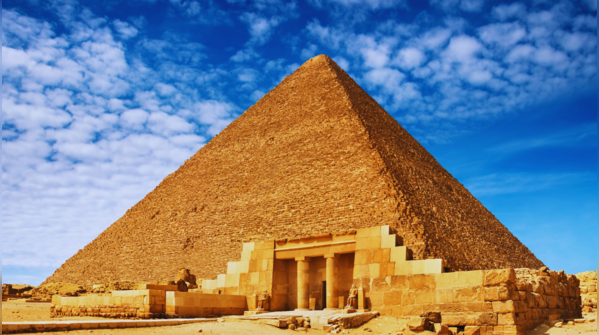
The Pyramids are older than logic, sharper than modern rooftops, and still mathematically mysterious. They have been stunning humans for 4,500 years and will continue to do so.
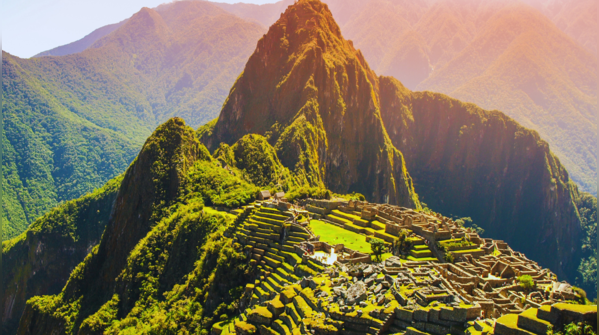
Nestled high among the peaks, Machu Picchu is both an Incan masterpiece and a stony enigma. Was it a sacred sanctuary? A centuries-old escape room? Regardless, the views are breathtaking.
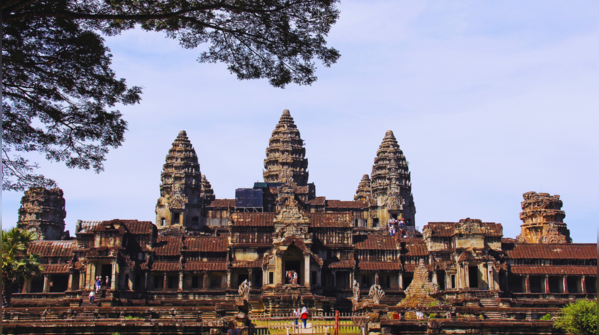
At sunrise, it glows. By midday, it dazzles. As dusk falls, it slips into silhouette. Angkor Wat is not just a temple; it's a living light show. It also holds the title of the world’s largest religious monument, maintaining its fame with quiet, sandstone serenity.
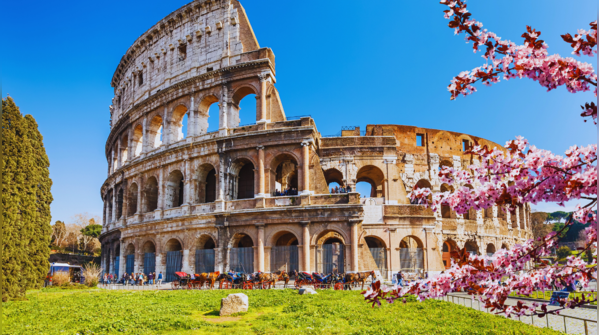
You’ve seen arenas, but the Colosseum is the oldest of them all. It once hosted gladiators, wild beasts, and emperors with questionable ethics. Today, it entertains with history and awe, minus the lions.
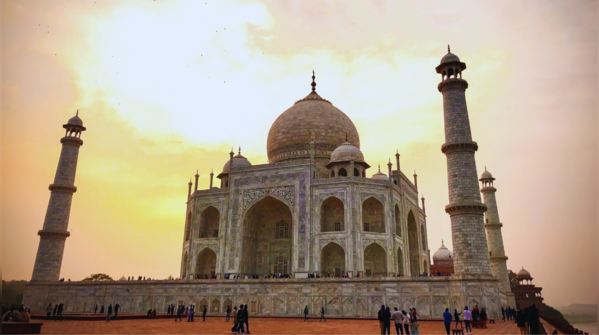
The Taj Mahal is an iconic symbol of love and Mughal architecture. Built by Emperor Shah Jahan in memory of his wife Mumtaz Mahal, the white marble mausoleum features intricate inlay work and symmetrical gardens. It remains one of the most admired and visited monuments in the world.
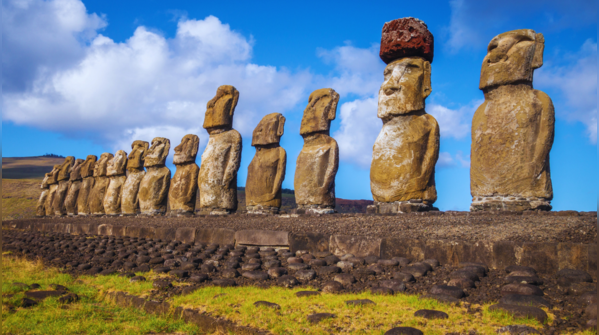
Easter Island in Chile is known for its enigmatic moai statues—massive stone figures carved by the island’s early inhabitants. These statues, scattered across the volcanic landscape, reflect a rich Polynesian culture and spiritual tradition. The island remains a powerful symbol of human creativity and mystery.
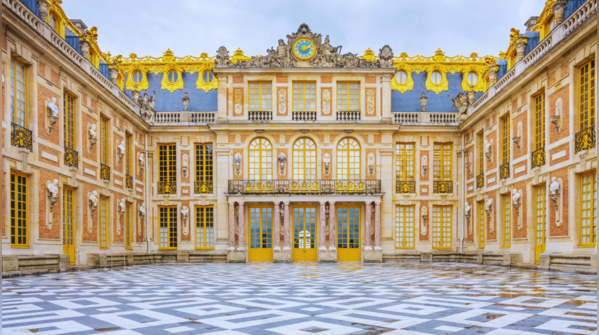
The Palace of Versailles, a UNESCO World Heritage Site, is a symbol of absolute monarchy and French grandeur. Once the royal residence of Louis XIV, it features opulent halls, ornate gardens, and the famous Hall of Mirrors. Located just outside Paris, it remains a masterpiece of 17th-century art and architecture.
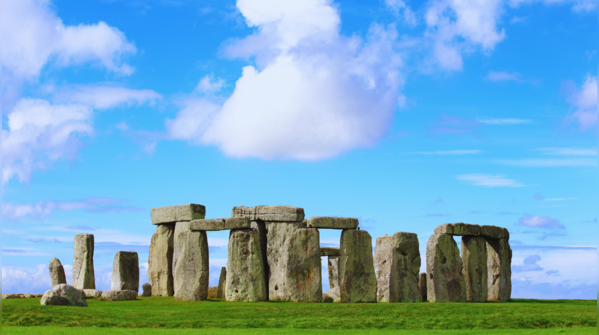
Stonehenge, a UNESCO World Heritage Site in southern England, is one of the world’s most iconic prehistoric monuments. Dating back over 4,500 years, this mysterious stone circle continues to intrigue historians and archaeologists alike. Its exact purpose remains debated, but it’s believed to have served ceremonial or astronomical functions.
Newer articles
Older articles
 Indian Astronaut Joins ISS: Shukla's Mission Ushers in New Era for India's Space Program
Indian Astronaut Joins ISS: Shukla's Mission Ushers in New Era for India's Space Program
 Ashada Gupt Navratri 2025: Unveiling Dates, Sacred Rituals & Hidden Significance
Ashada Gupt Navratri 2025: Unveiling Dates, Sacred Rituals & Hidden Significance
 Rishabh Pant's Unconventional Batting Redefining Cricket, Says Greg Chappell
Rishabh Pant's Unconventional Batting Redefining Cricket, Says Greg Chappell
 Moto G54 Price Slashed in India: Check Out the New, Lower Cost
Moto G54 Price Slashed in India: Check Out the New, Lower Cost
 JPG to PDF: A Graphic Designer's Guide to File Conversion and Quality Preservation
JPG to PDF: A Graphic Designer's Guide to File Conversion and Quality Preservation
 'The Traitors' Star Apoorva Mukhija Accuses Sudhanshu Pandey of Misogyny and Verbal Abuse After On-Screen Drama
'The Traitors' Star Apoorva Mukhija Accuses Sudhanshu Pandey of Misogyny and Verbal Abuse After On-Screen Drama
 Van der Dussen to Captain South Africa in T20I Tri-Series Against New Zealand and Zimbabwe
Van der Dussen to Captain South Africa in T20I Tri-Series Against New Zealand and Zimbabwe
 20 Minutes to a Healthier Brain and Heart: Neurologist's Simple Strategies to Combat Cholesterol, Blood Pressure, and Dementia Risk
20 Minutes to a Healthier Brain and Heart: Neurologist's Simple Strategies to Combat Cholesterol, Blood Pressure, and Dementia Risk
 England's Audacious Batters Claim They Could Have Chased Down 450 in First Test Win Over India
England's Audacious Batters Claim They Could Have Chased Down 450 in First Test Win Over India
 Popular Finance YouTuber "financewithsharan" Hacked: Security Measures to Protect Your Account
Popular Finance YouTuber "financewithsharan" Hacked: Security Measures to Protect Your Account